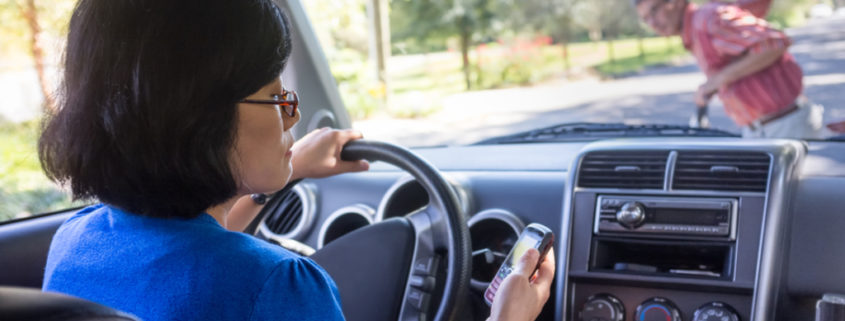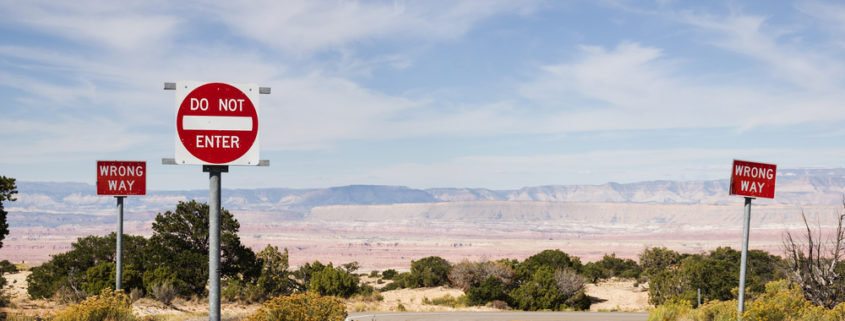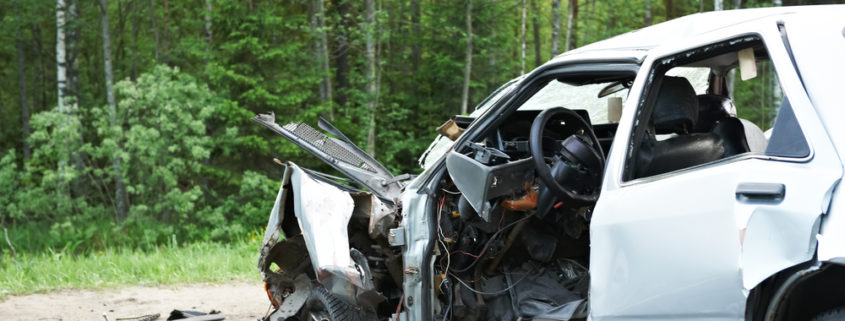Arizona Dust Storm Safety: Pull Aside, Stay Alive to Avoid Car Accidents
Arizona driving conditions can change quickly, especially when dust storms are in the forecast. Unfortunately, dust storms can occur with little warning and result in serious car accidents. Drivers need to use caution if they are caught in these sudden and blinding storms.
Tips for Avoiding Traffic Accidents in an Arizona Dust Storm
Dust storms can appear without much warning in Southern Arizona. Our Tucson car accident attorneys understand that they are very common along the dusty I-10 corridor that many people use when traveling between Tucson and Phoenix.
Each year, especially during monsoon season, there are several dust storm-related auto accidents along this stretch of Arizona interstate, some with fatal consequences. The possibility of blowing dust, high winds, and other conditions make driving during certain times of the year more dangerous. Wind gusts can reach 30 mph to 50 mph. Blowing dust can quickly result in limited or zero visibility for drivers.
Pull Aside, Stay Alive is a campaign by the Arizona Department of Transportation, in conjunction with several other agencies, to educate Arizona drivers on what to do in the event they encounter a dust storm. According to information provided by state and federal agencies, if you see a dust storm approaching, you should:
- Immediately check the traffic around your vehicle.
- Safely pull off the roadway as soon as possible. Waiting until visibility is poor can make it more difficult to locate a safe spot and pull over before you completely lose visibility. It is a good idea to note your location when you pull over in case you need to call for emergency assistance.
- Do not stop in the emergency lane or a travel lane. You need to locate a safe spot to pull completely off the road to avoid being struck by another vehicle.
- Turn off your vehicle lights, including your emergency flashers. Other drivers might attempt to use your lights as a guide and collide with your vehicle while misjudging the distance.
- Take your foot off both pedals and set your emergency parking brake.
- Remain in your vehicle with your seatbelt securely fastened until the storm passes.
- Never drive into a dust storm. You will lose all visibility.
- If you have a high-profile vehicle, you should always be aware of changing weather conditions, especially high winds, and adjust your speed accordingly.
Arizona DOT has several informative videos online that provide additional information and safety tips for avoiding dust storm-related car accidents. Drivers can visit ADOT’s Arizona Traveler Information website or call 511 to find out about road closures and travel hazards statewide.
What to Do If You Are Involved in a Dust Storm Accident?
Call 911 for emergency assistance. Let the operator know your location and whether you need emergency medical assistance.
If the accident occurred during a dust storm, another driver could be liable for your damages if that driver was negligent. For instance, if a driver did not pull over or was driving too fast for conditions, they could be liable for damages arising from an accident.
Contact a Tucson Car Accident Attorney for Help
As soon as possible, contact our office to discuss your case with an experienced car accident lawyer in Tucson. Call Hollingsworth Kelly today at (520) 882-8080 or contact us online to schedule a free consultation.






